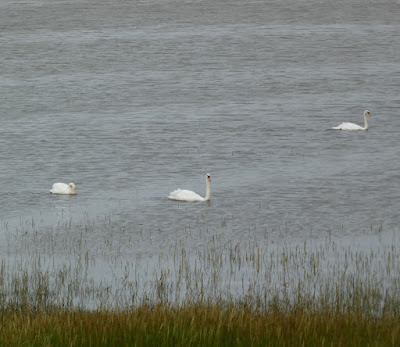Monday 30th September 2024
Much has prevented walking of late though I have regularly trudged around the village, but not noteworthy enough for a post here.
Since retuning to scale modelling in Lockdown I have made about forty kits. Skills have improved over that time, but certainly not exponentially. Disasters still happen but less frequently and I am spending less time crawling about on the carpet looking for a bit of plastic one millimetre long which has taken life from the tweezers imitating a well flipped tiddlywink. What amazes me is how far such a piece can travel after hitting the carpet.
However, after forty plus models my latest is in my opinion the best so far. This was an intricate kit demanding many skills now learnt along the way, and I managed to achieve satisfactory weathering portraying a well used but cherished piece of farming equipment. The inital painting, prior to weathering, was less demanding with everything being a blanket grey. My blogging friend Alan will almost certainly spot some detail that I have got wrong or misplaced
I have made a bit of field scenery diorama for my masterpiece to sit on but it is not quite finished. I have been trying to find a 1/24 scale figure looking something like a farmer, either sitting or standing, but after much time on the Internet I have not succeeded. A further photo or maybe a video will appear when I have sorted this.
Whatever I choose to build I must have some respect for in its real life form and that certainly applies for The Little Grey Fergie. Although I have no farming background I have seen plenty still being used despite their now historic production period from 1946 to 1958. Harry Ferguson invented the Three Point Linkage which enabled different implements to be attached and that is still being used in updated form on tractors today. Before Fergie many farmers were still ploughing fields with horses.
the Ferguson Club is well active and here is a quote from their website and if your imagination has been galvanised with you desperately wanting to learn more on this absorbing subject you can CLICK here.
The ‘little grey Fergie’ is the machine that’s widely regarded as being the one that changed agriculture around the world, forever. The brainchild of Harry Ferguson, this fantastically functional little tractor with its revolutionary three-point linkage – and the system of dedicated implements and support networks that he masterminded around it – probably did more for farmers across the globe than any other tractor you could think of.


























